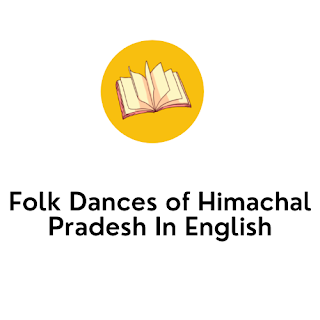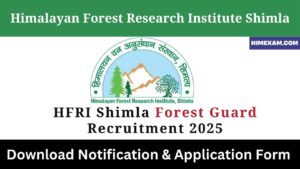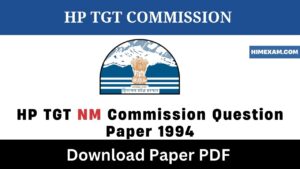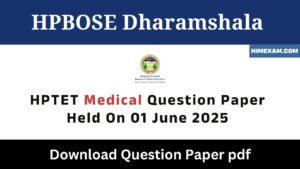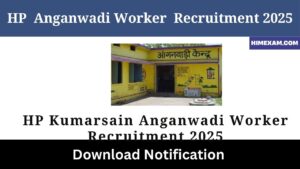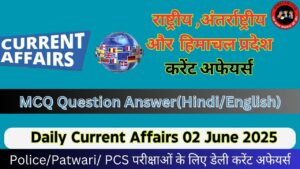Table of Contents
ToggleFolk Dances of Himachal Pradesh In English
||Folk Dances of Himachal Pradesh In English||Folk Dances of Hp In English||himachal pradesh folk dances||hp folk dances||
The folk dances of Himachal Pradesh can be divided into two classes-
- Solo
- the collective
Ekanki dance can include ‘Giddha’ of the following part and ‘Mujra’ of Sirmour, Shimla and Solan . Other dance class Prekshni , “Ntranb” and ” Chedi” etc. Participants in this type of dance sit in a circle. They continue to sing and also play local instruments. In the middle one person gets up and starts dancing, on his sitting another starts dancing.
Collective dance is a major part of the public life of Himachal Pradesh. The venue of the dance can be any home or major open space. In the lower part areas, women and men participate in group dances, but in other areas they all dance together on the same stage.
Major folk dances of Himachal Pradesh
1. Naati:
Nati is a country famous group dance of the central regions of Himachal, also known as “Ge” or “Mala” in the Shimla region . All men and women, children and old people can participate in the nati. All of them hold each other’s hands and keep their feet back and forth and they dance while shaking the other parts of the body according to the rhythm of the song. A fire is lit in the middle and dance continues around it. Luddi, Dhali-nati, Phati-nati, Dehri-nati, Bushehri-nati, Bahd-nati in terms of area and acting. Kadthi-nati, Lahuli, Bakhali, Kharait, Gadbhi, Dyokhal and Zon-nati etc. are the major nati.
2. Karthi:
Kadthi is the famous nati of Kullu , which is held in the open after the Kharif harvest on the moonlit night. First it is started slowly and on achieving full speed, the women choose their respective dance partner and dance the dance.
3. Ghughti:
This folk dance is popular among teenagers. The dancers stand behind each other. The back catches the front coat from the bottom with one edge. The leader of the group sings the song ‘Ghaghti’ and bends forward in a crooked manner. The rest follow him.
4. Birus:
It is a famous folk dance of the upper part of Shimla and the eastern part of Sirmour. This dance is usually performed by segments during fairs. Khand is a popular group of Khashs. When they go to a fair, they gather and dance along the way. They have swords, dungarees, lathi khukri or handkerchiefs in their hands. Dhol and Ransinga play together. The dancers at night carry torches in their hands while performing this dance. When they arrive at the fair, they get separated by dancing for a while. In the evening, come back on the dance again.
5. Burah Dance:
It is a famous folk dance performed at Sirmaur which is performed collectively by a group of 10-15 men during the time of Diwali or other festivities. 4-5 men play the hooki (musical instrument) and dance the rest of the dangars singing songs in their hands. These songs describe the heroic gathas, of which the songs of Siddha and his stronghold are more popular. Rasa and Krasa are other famous folk dances of Sirmour, which resemble the Nati.
6. Dangi or Depak:
These are folk dances of Chhatradari area of Chamba . Dangi dance is a collective dance of gaddi women, performed in “jatra” or fairs. The Depak dance is performed when Gaddis walk towards Kangra with their flocks.
7. Full-Yatra Dance of Pangi:
This dance is performed by Pangi’s women before the first snowfall. The dance begins with the ‘Gharei’ gait, while the dancers enter the dance-place in cross-cut lines and then hold hands and begin dancing in a circle. A step forward and backward is taken while bending the knees. Kinnaur is said to be the home of dances due to the land of the eunuchs. The dances here include both Buddhists and Hindus.
8. Kayang (Kyang):
It is a famous folk dance of the Kinnaurs . In it, men and women make a semi-circle and Bajko (instrumentalist) stands in the middle. An aged male in the group of men and an old woman in the group of women lead and follow the steps according to the tune fixed by the instrument. Each person holds a third person’s hand. The leader of the group is half-bent on the ho-ho, the two men of the group sing folk songs, which are followed by the rest.
9. Bakayand:
This is another type of dance of Kinnaur in which the dancers form two or two rows in front of each other. The dancers of a row step back and dance in front of the front row, dancing lyrically. This sequence is repeated in turn. This dance is usually performed by women.
10. Banyangchu:
This is the third type of dance of Kinnaur, performed by men. In this, steps are taken independently. The dancers dance in round circles around the bazars. The women sing songs. Other dances of Kinnaur are Panas, Champa, Chamik, Ravar, Dayang and Jogasan etc.
11. Devil Dance:
It is a dance performed by lamas in caves on special occasions in Lahaul-Spiti and Upper Kinnaur. On festivals like Losar (New Year), Dachang, “Thong-thong” and “Namgan”, the Lama perform this dance by wearing “Vag” (masks) in the courtyard of the caves. There are also lamas who play musical instruments in it. This dance represents the victory of the gods over the demons.
||Folk Dances of Himachal Pradesh In English||Folk Dances of Hp In English||himachal pradesh folk dances||hp folk dances||
Read More: – Himachal Pradesh General Knowledge

